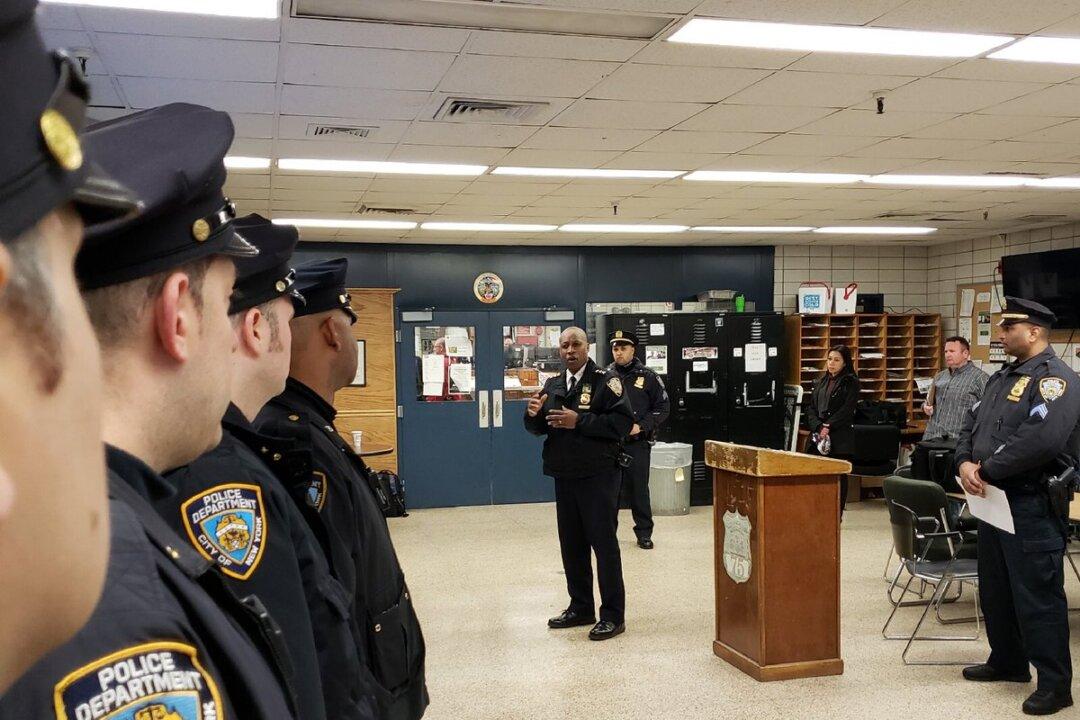America’s active shooter crisis was dramatized at Fort Hood with three shot dead, 16 wounded, and the shooter’s suicide on April 2. Flags fly at half-staff once again, imploring our nation to mourn, reflect, and respond.
The Department of Homeland Security defines the problem: “An Active Shooter is an individual actively engaged in killing or attempting to kill people in a confined and populated area; in most cases, active shooters use firearms(s) and there is no pattern or method to their selection of victims. Active shooter situations are unpredictable and evolve quickly. Typically, the immediate deployment of law enforcement is required to stop the shooting and mitigate harm to victims. Because active shooter situations are often over within 10 to 15 minutes, before law enforcement arrives on the scene, individuals must be prepared both mentally and physically to deal with an active shooter situation.”
Active Shooter Incidents Triple Since 2009
Addressing police chiefs in Philadelphia on Oct. 21, 2013, Attorney General Eric Holder said the United States saw an average of five active shooting incidents a year between 2000 and 2008. “Alarmingly, since 2009, this annual average has tripled. We’ve seen at least 12 active shooter situations so far in 2013,” Holder said.
Before the attorney general concluded his remarks, the number had risen to 13. That day a Nevada middle school student shot a math teacher, two classmates, and himself. The classmates survived, but the teacher and the shooter did not. This incident—as well as several incidents since then—punctuates the attorney general’s call for an “aggressive national response” to the disturbing rise in active shooter situations.
NYPD Recommendations
As detailed on the NYPD SHIELD website, there is a guide to mitigate active shooter attacks. The guide provides recommendations tailored to building security personnel including:
Procedures
• Conduct a realistic security assessment to determine the facility’s vulnerability to an
active shooter attack.
• Identify multiple evacuation routes and practice evacuations … post evacuation routes in conspicuous locations … ensure that evacuation routes account for individuals with special needs and disabilities.
• Designate shelter locations with thick walls, solid doors with locks, minimal interior
windows, first-aid emergency kits, communication devices, and duress alarms.
• Designate a point-of-contact with knowledge … to liaise with police and other emergency agencies in the event of an attack.
• Incorporate an active shooter drill into the organization’s emergency preparedness
procedures.
• Vary security guards’ patrols and patterns of operation.
• Limit access to blueprints, floor plans, and other documents … make sure these documents are available to law enforcement responding to an incident.
• Establish a central command station for building security.
Systems
• Put in place credential-based access control systems that provide accurate attendance
reporting, limit unauthorized entry, and do not impede emergency egress.
• Put in place closed-circuit television systems that provide domain awareness of the
entire facility and its perimeter; ensure that video feeds are viewable from a central
command station.
Training
• Conduct training as outlined by the Department of Homeland Security in “Active Shooter: How to Respond” on the following steps: Evacuate; Hide; Take Action.
• Train building occupants to call 911 as soon as it is safe to do so.
• Train building occupants on how to respond when law enforcement arrives.
Final Reflection
Active shooter tragedies have reached staggering proportions in America and each company, school, facility, house of worship, agency, and community is a potential victim. Law enforcement and private security must exercise leadership, vigilance, and collaboration to protect those entrusted to their care. Citizens must report concerns.
Balancing cutting edge crime prevention, crisis management principles, and training initiatives—including warning signs and mental health issues—with ongoing analysis is critical to safeguarding the nation.






